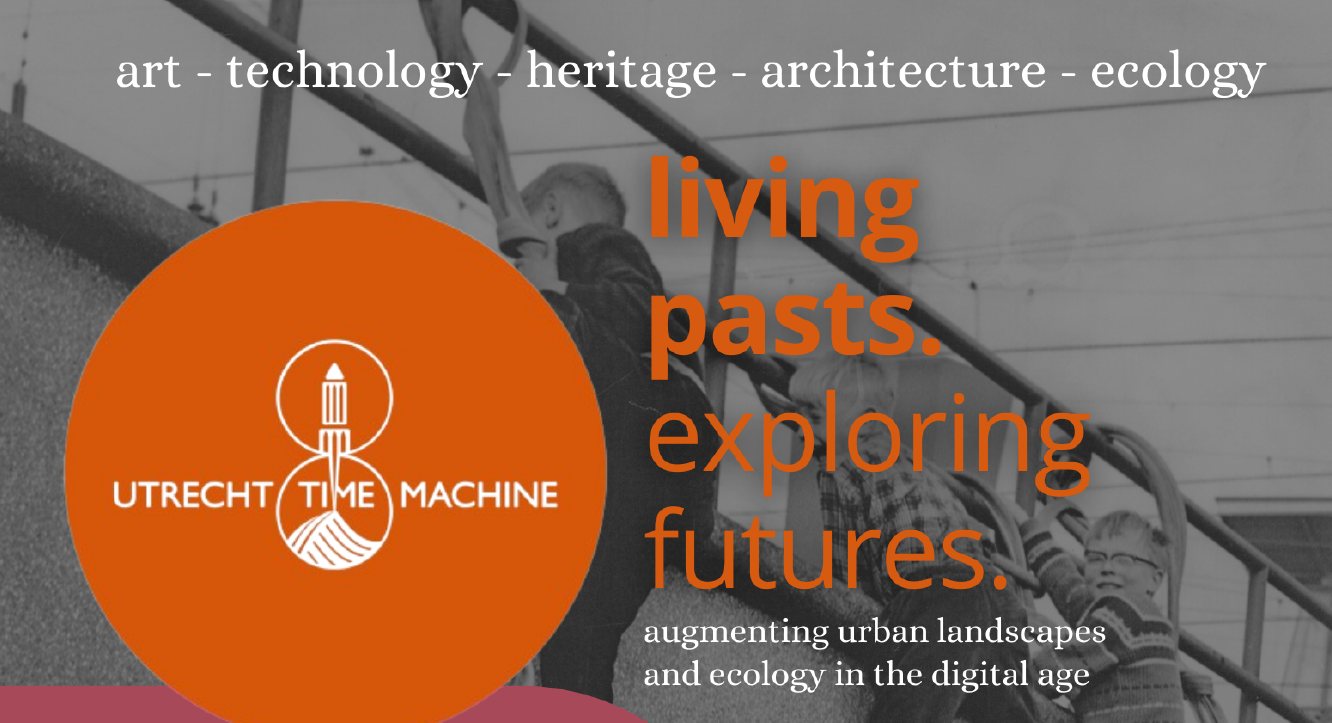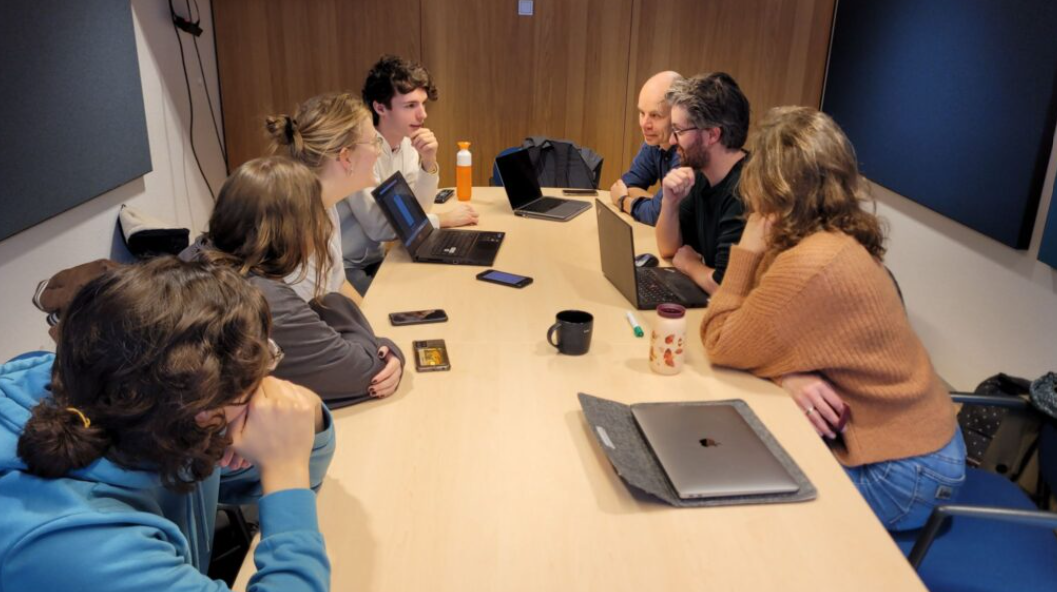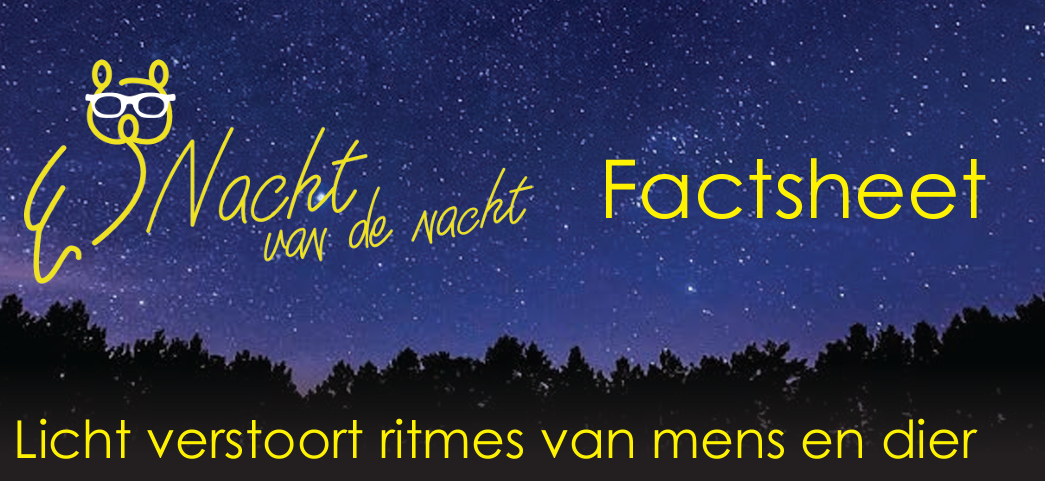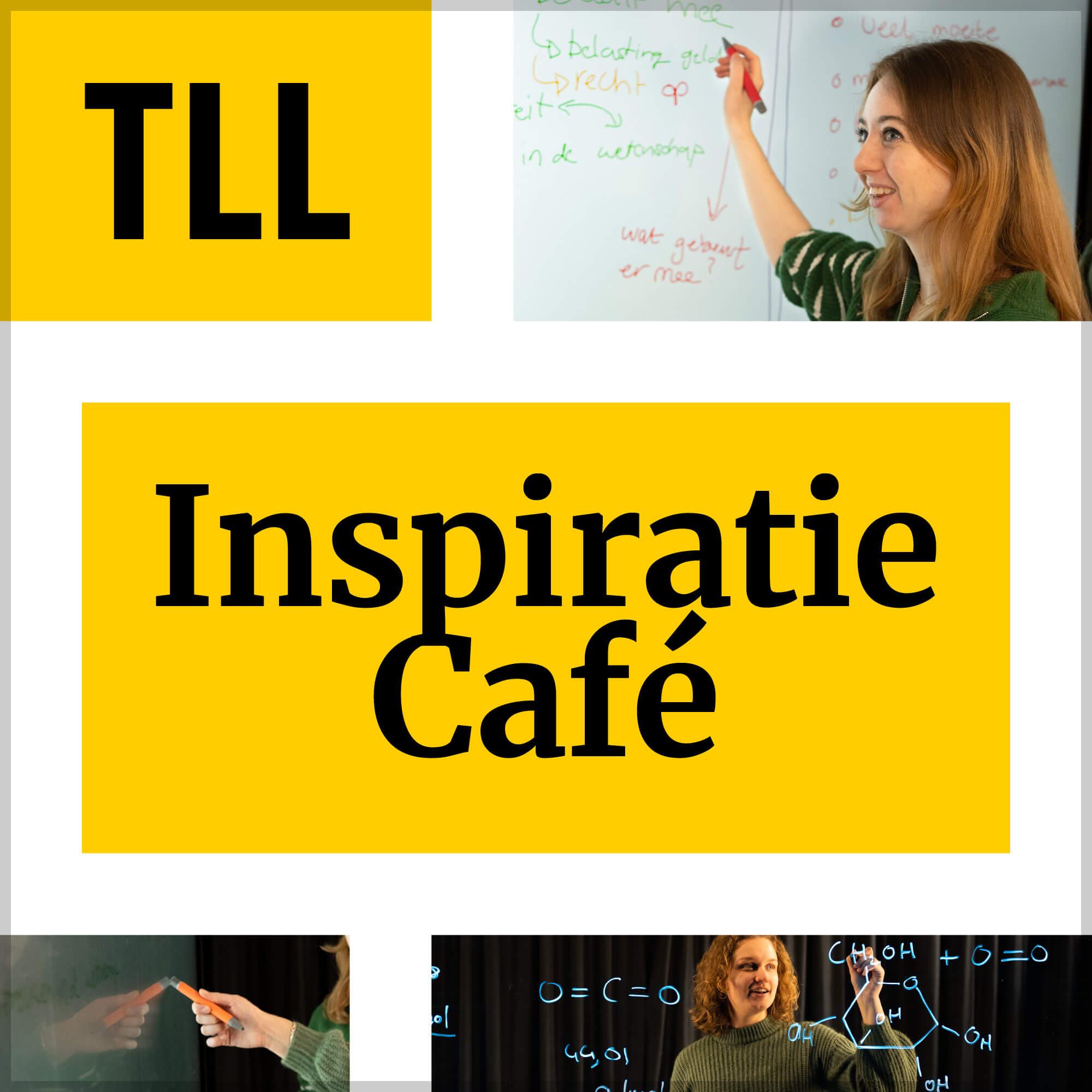News
Looking back on the Inspiration Café – Community Engaged Learning
The Inspiration Café for May was presented by Anneke van Houwelingen and Judith Loopers. We discussed Community Engaged Learning (CEL), where students, teachers, and partners learn from and with each other by working on societal issues. A comparison was quickly made with the topic of the previous Inspiration Café: Challenge Based Learning (CBL). The difference lies in that CEL focuses less on the product and more on the process. The primary goal of CEL is community engagement and building mutual cooperation. Utrecht University aims to make CEL a part of all curricula, and with good reason.
Why CEL?
What are the benefits of CEL for students, teachers, and societal partners? These questions were discussed among us – first in groups of four, then with all participants of the Inspiration Cafe.
My group realized that students become more involved with projects and topics that are further away from them. This increases their connection to society and helps them step out of their academic bubble.
For the university, all groups also saw it as an opportunity to establish connections with other institutions such as healthcare facilities, municipalities, or other social organizations. It brings more ‘teachers’ along, as societal partners also bring their own expertise and can pass this on to students. Teachers take on the role of ‘coach,’ gaining insight into new, challenging societal issues.
We found that there are also benefits for societal partners. There is an influence on education from the community, directly impacting what students learn. What is important to society reaches the students directly. Additionally, it is an excellent opportunity to incorporate new perspectives when thinking of solutions.
What does CEL look like in a course?
Having gained more insight into what CEL has to offer, the next question was how we could apply it ourselves. We received several inspiring examples from Prof. Toine Pieters, Dr. Christof van Nimwegen, and Dr. Elisa Chisari, who have all implemented CEL in their courses.
CEL with Reach: Prof. Toine Pieters – Living pasts, exploring futures
This is a university-wide course where art, technology, history, architecture, and ecology are addressed interdisciplinarity. The challenge is to design an innovative application for the dynamic Utrecht Science Park. The organizer of this course is the ‘Utrecht Time Machine’, which offers a historic guide of the city of Utrecht. The course is transdisciplinary, challenge-based, community-engaged, and stimulates co-design. Examples of projects include a 12-minute interactive podcast combined with a walking route, a documentary about the livability at the Utrecht Science Park, and the development of an application that introduces Lombok through history and personal stories about local restaurants.

Source: livingpasts.com
CEL on a Large Scale: Dr. Christof van Nimwegen – Design of interactive systems
This is an elective course within the Bachelor of Information Science focusing on designing technology that is effective for end users and the organization or society they are part of. Students worked in teams of six to design interactive systems for users. The assignments came from non-profit organizations and institutions. The designs are further used as prototypes or inspiration for a development trajectory that can help the organizations. Previous assignments came from the Wilhelmina Children’s Hospital, a toy library, and from podiumkunst.net. For the latter, students developed a prototype of a theater encyclopedia app, which was very well received. The challenge of this course mainly lies in finding societal partners. Fortunately, when these are found, they often want to remain available for several years.
 Source: podiumkunst.net
Source: podiumkunst.net
CEL on a Small Scale: Elisa Chisari – Turn on the Stars
The project focuses on light pollution, covering the loss of biodiversity, reducing energy consumption, and the decline in human health. With the CEL budget, educational activities were designed to explain light pollution. Besides the task of creating polarized light to attract insects, students also organized Sonnenborgh’s “Night of the Night.” Here, they made a light installation and a star projector to show children how light pollution works. The project has a triangular structure between UU students, the public, and researchers. Although these relationships can still be improved, the project has been successful in its goal to bring the university closer to society.
 Source: nachtvandenacht.nl
Source: nachtvandenacht.nl
As can be seen, much is possible with CEL. However, the biggest challenge remains finding societal partners and keeping them invested. Any help in this regard is therefore welcome.
Has this Inspiration Café also made you enthusiastic about applying CEL in your course? UU offers CEL programs for teachers twice a year. For more questions about CEL, feel free to contact r.o.t.vanlin@uu.nl.

